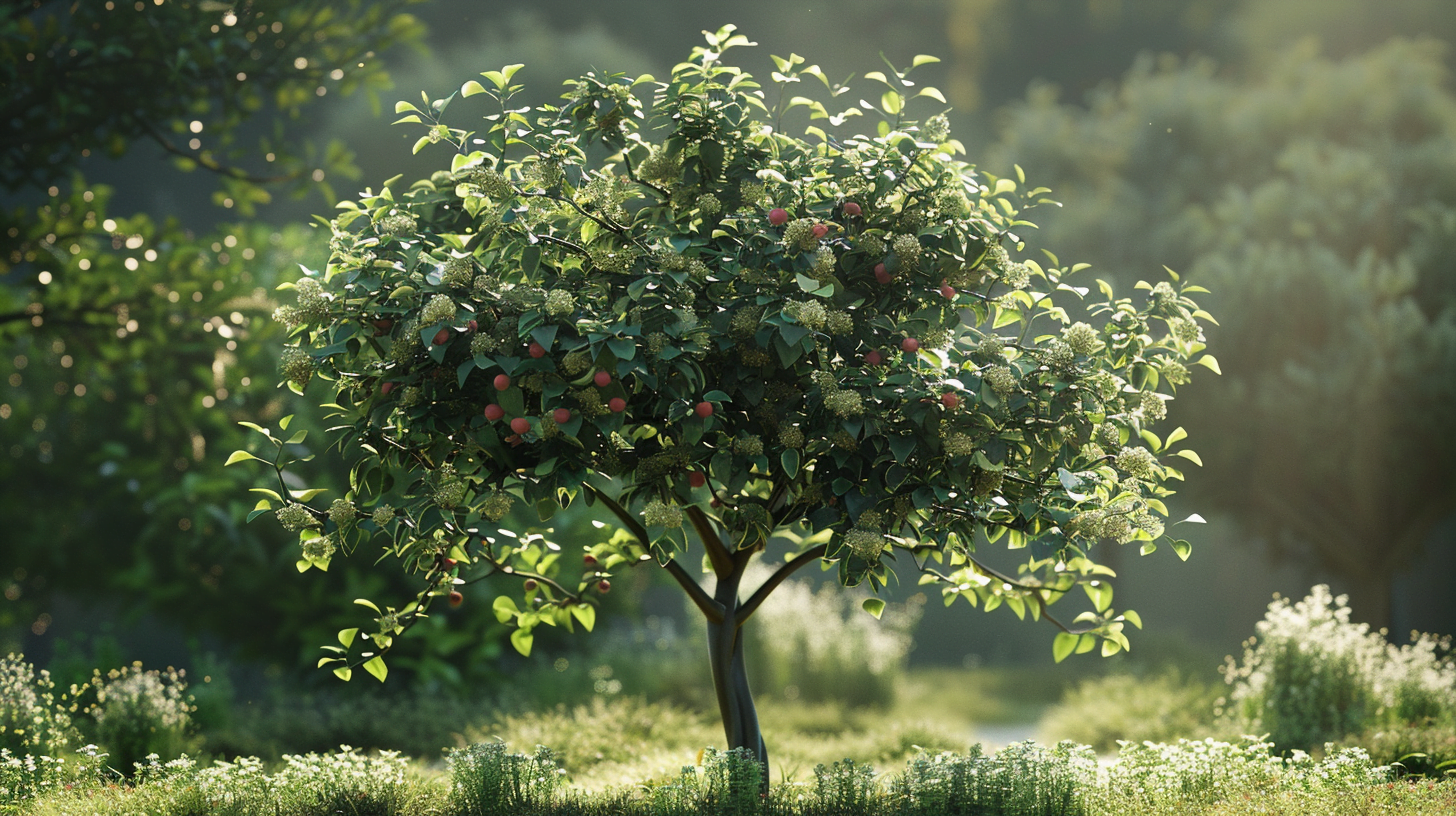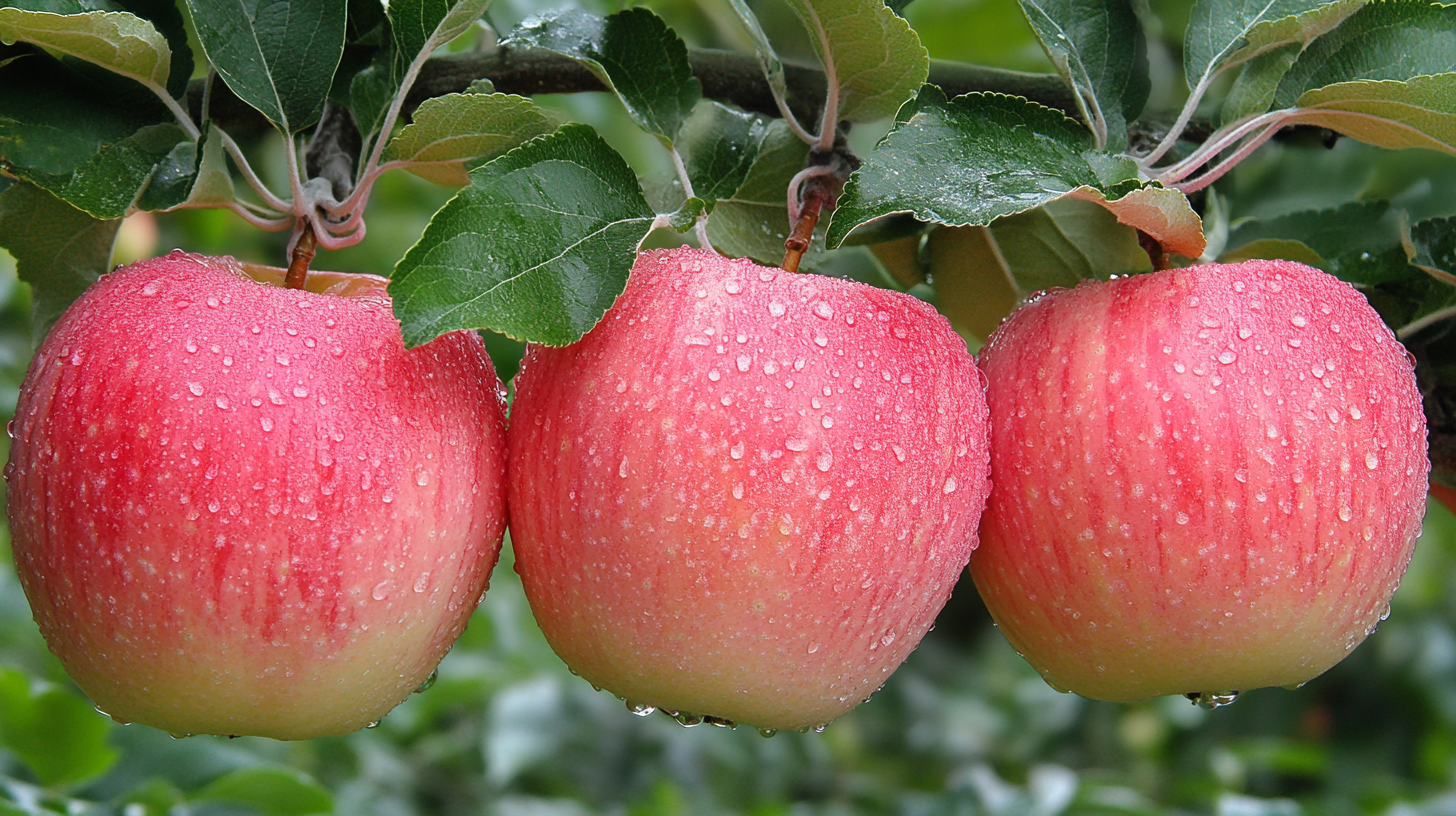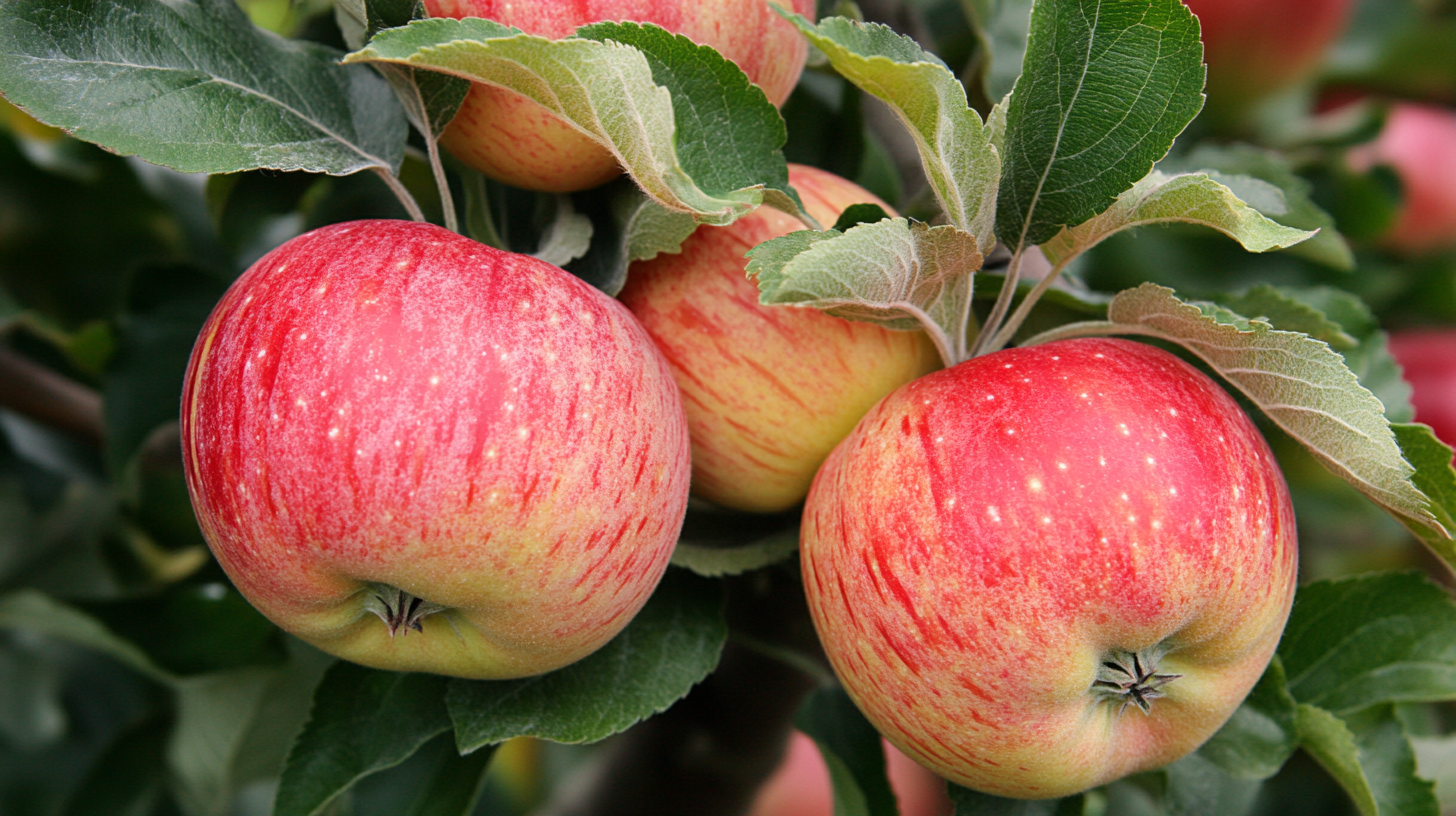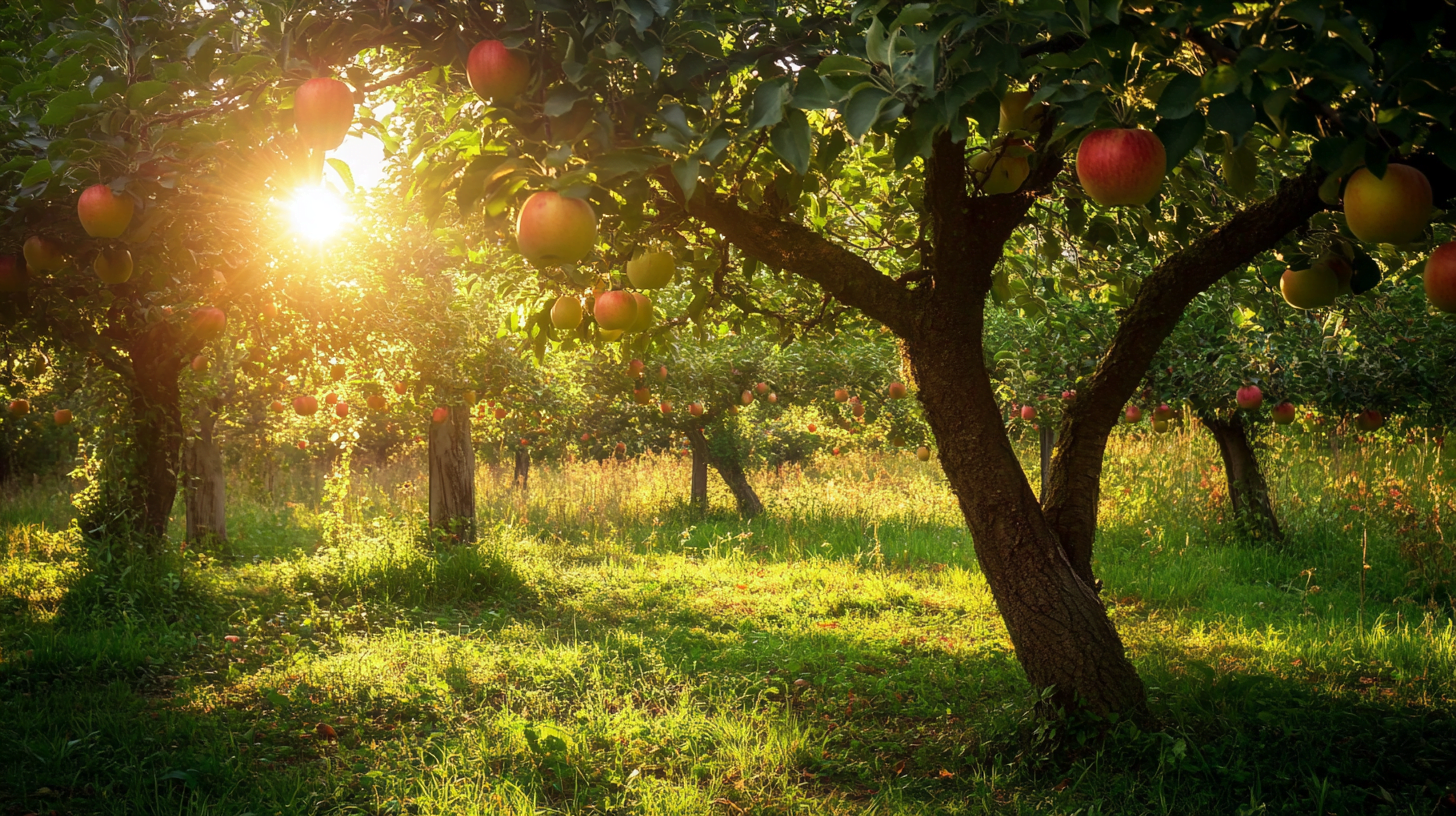Beautiful Plants For Your Interior

Table of Contents
Introduction
Are Apple Trees Invasive? This question might seem surprising to many, given the beloved status of apple trees in orchards and gardens worldwide. However, understanding whether apple trees can be invasive is crucial for gardeners, ecologists, and anyone interested in maintaining healthy ecosystems. In this article, we’ll explore the characteristics of invasive species, delve into the history and spread of apple trees, and examine their potential impact on local environments.
Understanding Invasive Species
What Defines an Invasive Species?
An invasive species is typically defined as a non-native organism that causes harm to the environment, economy, or human health. These species can outcompete native flora and fauna, leading to significant ecological imbalances. Some key characteristics of invasive species include:
- Rapid growth and reproduction.
- High dispersal ability.
- Ability to thrive in a variety of environmental conditions.
- Lack of natural predators in the new environment.
Examples of common invasive species include the kudzu vine in the southeastern United States, the European starling, and the zebra mussel in North American waterways.
Criteria for Determining Invasiveness
To determine if a plant is invasive, ecologists consider several factors:
- Origin: Is the species native or introduced?
- Impact: Does it cause ecological or economic harm?
- Spread: How quickly and widely does it spread?
- Control: How difficult is it to manage or eradicate?
Apple Trees: A Closer Look
The History of Apple Trees
Apple trees (Malus domestica) have a rich history that dates back thousands of years. Originating in Central Asia, particularly in the region of modern-day Kazakhstan, apple trees were domesticated and spread along trade routes to Europe and beyond.
- Domestication: Early farmers selected for desirable traits such as sweetness and size.
- Spread: Apples were introduced to North America by European settlers in the 17th century.
- Cultivation: Today, apple trees are cultivated worldwide, with thousands of varieties available.
Historical Significance and Cultivation Practices
Apple trees have played a significant role in various cultures, symbolizing knowledge, immortality, and temptation. Cultivation practices have evolved over time, with modern techniques focusing on maximizing yield and disease resistance.
Are Apple Trees Invasive?
Are Apple Trees Considered Invasive?
The question of whether apple trees are invasive depends on the context. In general, cultivated apple trees are not considered invasive. However, wild apple trees, also known as crabapples (Malus spp.), can exhibit invasive characteristics in certain regions.
- Wild vs. Cultivated: Wild apple trees can spread more aggressively than their cultivated counterparts.
- Regional Differences: In some areas, wild apple trees have naturalized and become problematic.
Case Studies of Invasive Apple Trees
Case Study: New Zealand
In New Zealand, wild apple trees have been reported to invade native forests, outcompeting local species and altering the ecosystem. Efforts to control these trees include mechanical removal and herbicide application.
Case Study: North America
In parts of North America, particularly in the northeastern United States, wild apple trees can form dense thickets that displace native vegetation. Management strategies include regular monitoring and removal of young saplings.
Ecological Impact of Invasive Apple Trees
How Do Invasive Apple Trees Affect Local Ecosystems?
Invasive apple trees can have several negative impacts on local ecosystems:
- Competition: They compete with native plants for resources such as light, water, and nutrients.
- Biodiversity: The presence of invasive apple trees can reduce biodiversity by displacing native species.
- Soil Composition: Changes in soil chemistry and structure can occur due to the different root systems and leaf litter of apple trees.
- Water Usage: Apple trees may alter local water cycles, affecting the availability of water for other plants.
Impact on Local Wildlife
Invasive apple trees can also affect local wildlife. For example, they may provide food and habitat for certain animals, but at the expense of native plants that other species rely on. This can lead to a shift in the local food web and ecosystem dynamics.
Identifying Invasive Apple Trees
How to Identify Invasive Apple Trees
Identifying invasive apple trees involves looking for specific characteristics:
- Physical Traits: Wild apple trees often have smaller, more tart fruits compared to cultivated varieties.
- Growth Patterns: Invasive apple trees may form dense thickets and spread rapidly.
- Habitat: They are often found in disturbed areas, such as roadsides and abandoned fields.
Differences Between Wild and Cultivated Varieties
Cultivated apple trees are typically grafted onto rootstocks that control their size and growth habits, making them less likely to become invasive. Wild apple trees, on the other hand, grow from seed and can spread more aggressively.
Managing Invasive Apple Trees
Strategies for Controlling Invasive Apple Trees
Effective management of invasive apple trees involves several strategies:
- Mechanical Removal: Cutting down trees and removing roots to prevent regrowth.
- Herbicides: Applying chemical treatments to kill invasive trees.
- Biological Control: Introducing natural predators or diseases to control the population.
- Preventative Measures: Planting non-invasive species and monitoring for early signs of invasion.
Best Practices for Managing Apple Trees in Home Gardens
For home gardeners, it’s important to choose non-invasive apple tree varieties and practice responsible gardening:
- Select Cultivars: Choose apple tree varieties that are less likely to spread.
- Regular Maintenance: Prune trees regularly to control their growth.
- Monitor: Keep an eye out for any signs of invasive behavior and take action promptly.

Benefits of Apple Trees
Positive Aspects of Growing Apple Trees
Despite the potential for invasiveness, apple trees offer many benefits:
- Home Gardens: Apple trees provide delicious fruit and can enhance the beauty of a garden.
- Ecological Benefits: They can support pollinators like bees and provide habitat for birds.
- Economic Advantages: Apple orchards contribute to local economies through fruit production and tourism.
How to Grow Apple Trees Responsibly
To grow apple trees responsibly, consider the following tips:
- Choose the Right Variety: Select apple tree varieties that are well-suited to your region and less likely to become invasive.
- Proper Planting: Plant trees in suitable locations with adequate space and resources.
- Ongoing Care: Provide regular care, including watering, fertilizing, and pruning.
Case Studies and Examples
Case Study: United Kingdom
In the UK, wild apple trees have been found in hedgerows and woodlands, where they can hybridize with native species and alter the genetic makeup of local plant populations.
Case Study: Australia
In Australia, wild apple trees have invaded riparian zones, affecting water quality and native vegetation. Control efforts include community-led removal projects and public awareness campaigns.
Success Stories of Managing Invasive Apple Trees
Example: Community Efforts in Canada
In Canada, community groups have successfully managed invasive apple trees through coordinated removal efforts and replanting native species. These projects have restored local ecosystems and increased biodiversity.
Conclusion
Conclusion: Are Apple Trees Invasive?
In conclusion, while cultivated apple trees are generally not considered invasive, wild apple trees can exhibit invasive characteristics in certain regions. Understanding the potential impact of invasive apple trees is crucial for maintaining healthy ecosystems. By practicing responsible gardening and management, we can enjoy the benefits of apple trees without harming the environment.
FAQs
Frequently Asked Questions
- What makes a plant invasive?
- A plant is considered invasive if it is non-native and causes harm to the environment, economy, or human health.
- Are all apple trees invasive?
- No, cultivated apple trees are generally not invasive, but wild apple trees can be in certain regions.
- How can I tell if my apple tree is invasive?
- Look for signs such as rapid spread, dense thickets, and presence in disturbed areas.
- What should I do if I have an invasive apple tree on my property?
- Contact local experts for advice on removal and management.


